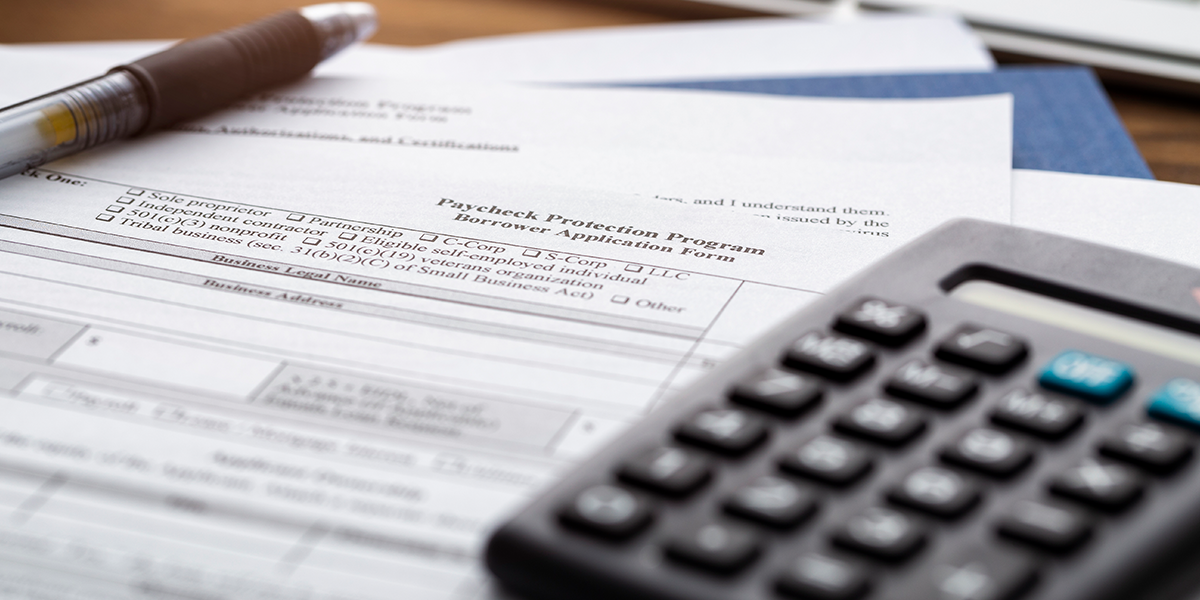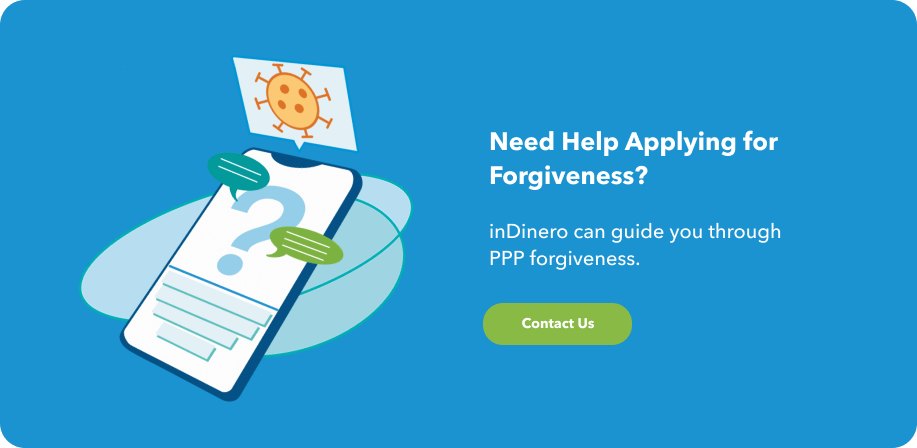The weeks since Congress passed the Coronavirus Aid, Relief, and Economic Security (CARES) Act have seen thousands of business owners scrambling to, first, understand the Act and, second, to take advantage of it. And while experienced attorneys and accountants continue to make sense of the guidance and regulation of the CARES Act, there are a few things we know already that could help business owners like you keep your doors open a little longer.
A quick refresher on the two main CARES Act loan options
First, the Paycheck Protection Program (PPP) was created with the intention of providing the critical funding needed to keep small businesses running during the coronavirus pandemic. These loans were designed to keep employees on payroll and give employers a potentially forgivable loan to help them cover the costs.
Second, the expansion of the Economic Injury Disaster Loan (EIDL) to include an emergency grant of up to $10,000, with the promise of delivery by the SBA within three days. The grant–which is forgivable even if you don’t get approval for the loan–can be used for maintaining payroll, buying materials, and paying your mortgage or rent.
Read more about how the CARES Act can help your business here.
Both of these programs have strict eligibility and application requirements. So our first piece of advice is if you have not applied yet, now is the time to get your application in. While the funds in the original stimulus package have been exhausted, business owners can still apply and get themselves in a cue for when, or if, the program is replenished. The PPP is a government grant and is essentially free money if done correctly.
The greatest appeal of the PPP loan is the potential for forgiveness. The rules were created to encourage businesses to maintain wages and salaries, pay for rent or mortgage, and, in some cases, encourage the rehiring of employees. In many cases, all of the loan may be forgiven if certain rules are met. And this is where things get tricky.
Let’s say you’ve applied for and received a $100,000 PPP loan. The funds are in your bank account and you’re asking yourself, now what? You want to ensure that the loan will be forgiven, making this a $100,000 grant when the dust settles on the pandemic, but how do you do that?
The difference between a $100K loan and a $100K grant is how well you document your spending for the next 8 weeks…
What you need to know about the requirements for loan forgiveness
With your loan funds burning a hole in your bank account, it’s time to set about keeping your business afloat. Better, you want to be able to have your loan 100% forgiven. Even for accountants, ensuring 100% loan forgiveness is tricky. At indinero, we’re working closely with our clients to make the necessary accounting adjustments and reporting to guarantee their loans eventually become a grant.
At the highest level, requirements for full forgiveness are:
- 75% of the funds must be spent on payroll
- No reduction in FTEs—meaning you must keep your staffing at the same levels from the beginning to the end of the loan period
- No reduction on a salary more than 25% per employee for those under making under $100K, for those over $100K salaries can be reduced to $100k
And these are just a few of the requirements. There is a multitude of nuances that could affect loan forgiveness. If you have reduced headcount or payroll, those numbers are going to get more complicated. If you want it waived, you can’t spend more than 25% on non-payroll expenses. Confused yet?
Making things more interesting is the forgiveness criteria if you’ve received money from both the Paycheck Protection Program and the Economic Injury Disaster Loan. Just to name a few, you’ll need:
- Documentation of payroll for the PPP
- Separate documentation of payroll for the EIDL
- Clear spending separation and reporting for both programs
There’s a lot of ambiguity in the vagueness of the guidelines, which means there’s a lot of room for error, and errors made here have grave implications on your business. Also, given the lack of scrutiny in the loan application amounts, lenders will likely focus their attention on the forgiveness requests, making the need to cross every ‘t’ and dot every ‘i’ even more important.
The impact of getting this wrong is hugely significant
Did you know that if the government finds you’ve misused the EIDL funds you must immediately return 150% of those funds? Good accounting and good record keeping will help you with government inquiries of misuse.
Remember what we said before, about the difference between a $100,000 loan and a $100,000 grant is how well you document your spending for the next 8 weeks? Are you willing to risk hundreds of thousands of dollars on your DIY accounting? Now is the time to seek experts who can help ensure your accounting and reporting is everything you need it to be to. Not only does indinero have the expertise and experience to give you the peace of mind that your loans will be forgiven, but we’re able to gather the information and submit the forgiveness reports when the time comes.
Our team of accountants, tax professionals, and CFOs are working day and night to protect our clients from making any missteps that could turn these government grants back into a loan. That’s one giant pumpkin we’d like to leave as a carriage. Our specialized accounting practices and technology will help you keep that carriage rolling, ensuring your business makes it through this pandemic in one piece.
We’re here to make sure you’ve got all your bases covered. Talk to us today to get your accounting prepared for loan forgiveness.
Quick Note: This article is provided for informational purposes only, and is not legal, financial, accounting, or tax advice. You should consult appropriate professionals for advice on your specific situation. indinero assumes no liability for actions taken in reliance upon the information contained herein.





